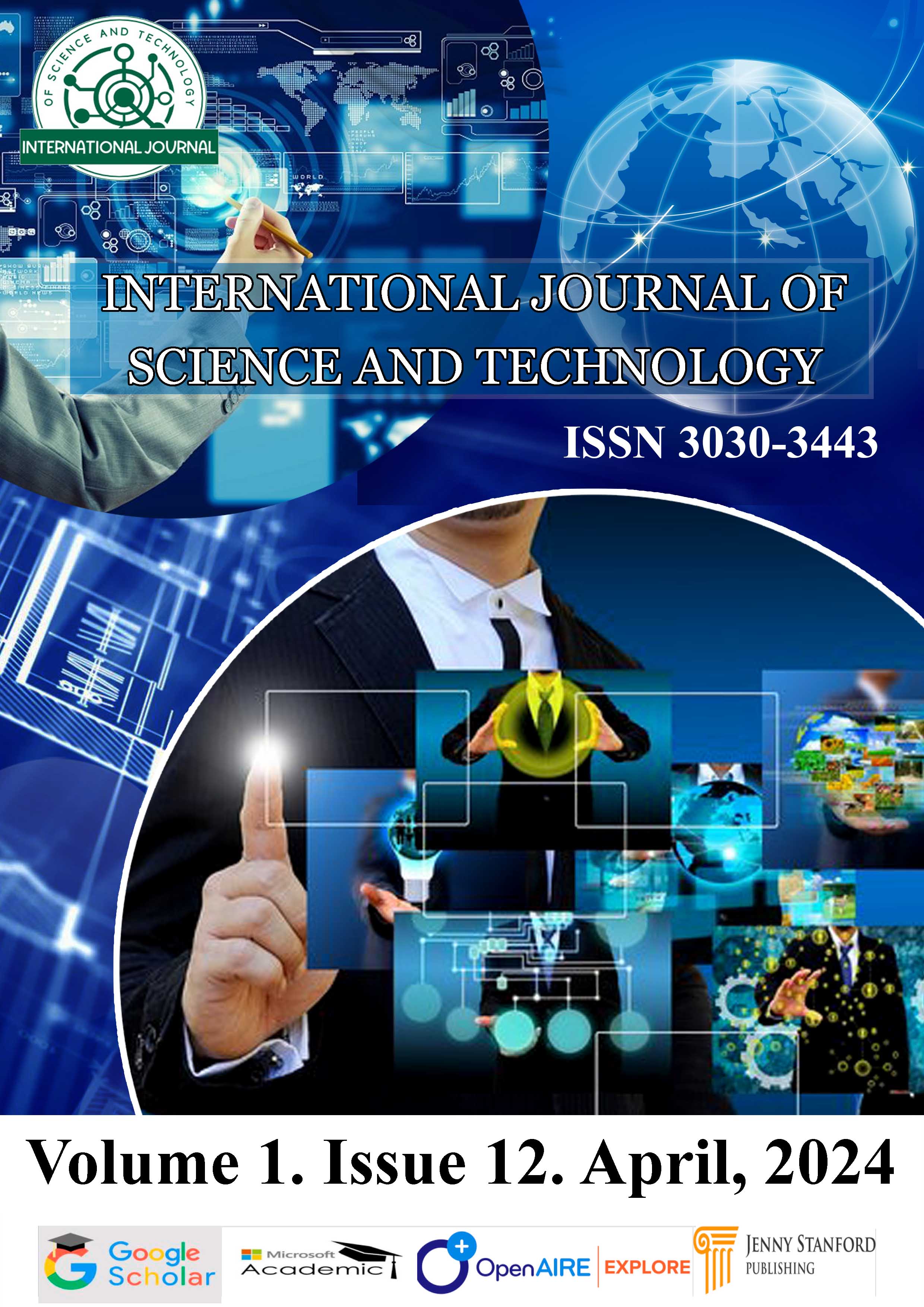LINGUOCULTURAL STUDY OF THE HYPERNYM “FOOD” AND ITS HYPONYMS IN THE ENGLISH AND UZBEK LANGUAGES
DOI:
https://doi.org/10.1808/hqn12r09Keywords:
Keywords: Linguocultural study, hypernym, hyponym, food, comparative analysis, cultural identity, food idioms.Abstract
Abstract: This article explores the linguocultural significance of the hypernym "food" and its hyponyms in English and Uzbek, highlighting the deep connections between language, culture, and culinary traditions. It examines the evolution of food terminology, regional dialects, and the impact of globalization on culinary vocabulary. Additionally, the study delves into how food-related terms and idioms reflect societal values and identities, offering insights into the ways cultures understand and relate to food. Through comparative analysis, it uncovers the rich diversity and cultural importance embedded in food language.
References
REFERENCES
HYPONYM definition in American English | Collins English Dictionary. (2023, December 13). Collins Dictionaries. https://www.collinsdictionary.com/us/dictionary/english/hyponym
Safavi, K. (2000). An introduction to semantics [in Persian]. Tehran: Howzeye Honari. P 52.
Orwell, G. (1946, January 12) A Nice Cup of Tea. Evening Standard.
Halley, C. (2020, December 1). A Brief History of Comfort Food. JSTOR Daily. https://daily.jstor.org/a-brief-history-of-comfort-food/
Traditional Uzbek Breads. Uzbek cuisine. (n.d.). Central Asia Travel. https://www.centralasia-travel.com/en/countries/uzbekistan/cuisine/non
Iskandarova, D. X. (2021). THE LINGUO-CULTURAL ANALYSIS OF ENGLISH AND UZBEK IDIOMS WITH FOOD COMPONENTS. 3rd International Multidisciplinary Scientific Conference on Ingenious Global Thoughts Hosted from Kuala Lumpur, Malaysia May 31. Vol. 25 No. 1. P 142-144.





